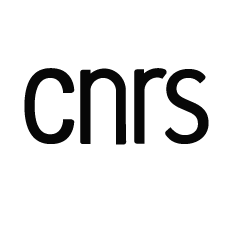Séminaire TRAIL | TRAnslation In Lille
SéminaireBeyond description in corpus-based translation studies: what n-grams in a multiple-translation corpus reveal about cognitive processing
Gert De Sutter (Ghent University)
(In collaboration with Marie-Aude Lefer (UCLouvain) & Koen Plevoets (Ghent University))
In its 30 years of existence, corpus-based translation studies has resorted to a wide range of corpora, including comparable corpora, parallel corpora, intermodal corpora and learner corpora. Recently, scholars have started to use so-called multiple-translation (parallel) corpora, consisting of different source texts that have each been translated multiple times in the same target language by different translators. This type of corpus enables a.o. an analysis of frequent translation solutions as well as a comparison of different translations for a given source segment. The present paper adds to this line of research by investigating how often specific n-grams (3 ≤ n ≤ 6) are translated identically in a French-to-Dutch multiple-translation corpus, while at the same time relating these n-gram translation frequencies to the level of expertise (student vs. professional) and two well-known cognitive constraints, viz. structural priming (i.e. the re-use of a specific structure in subsequent discourse; Hartsuiker et al., 2016) and cognitive routinization (i.e. the degree of entrenchment of a specific structure in memory; Diessel, 2019). By doing so, we aim to find out (i) whether students show less variation in their translation solutions than professionals, (ii) whether structurally similar source text structures increase the likelihood of translators choosing an identical solution (i.e. structural priming) and (iii) whether the entrenchment (or cognitive routinization) of the chosen solution in the target language and the entrenchment of the cross-linguistic correspondence between source and target structures increase the likelihood of translators choosing the same solution. In our talk, we will analyze the results of this empirical analysis against the background of Halverson’s (2017) cognitive model of gravitational pull and magnetism.
Partager sur X Partager sur Facebook
